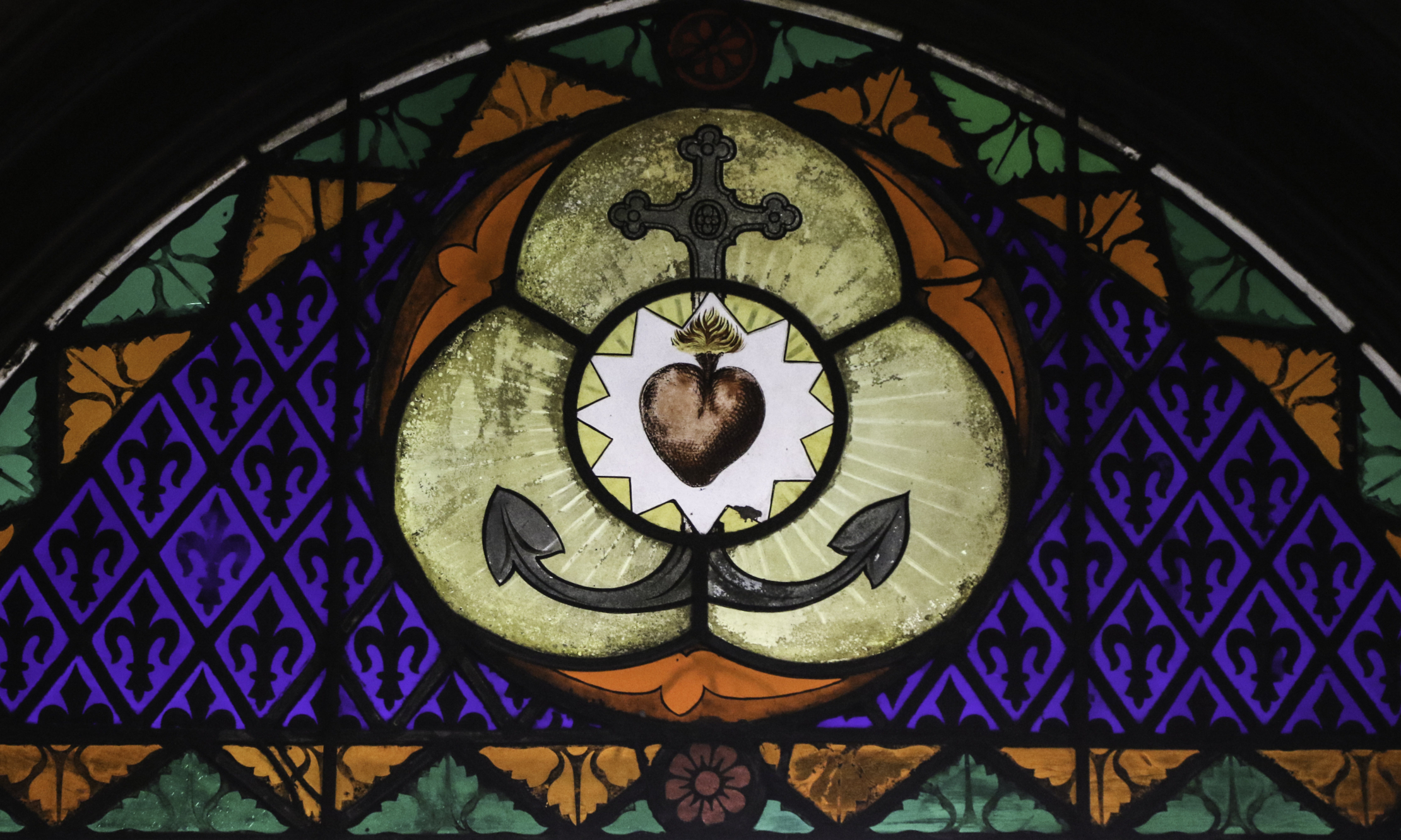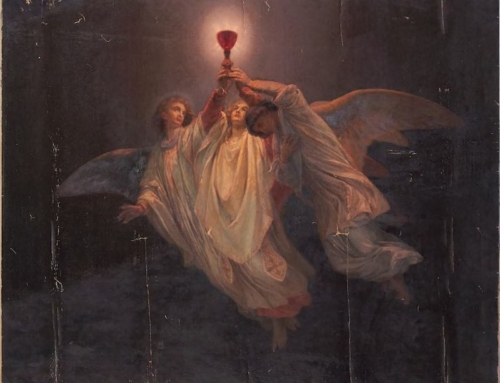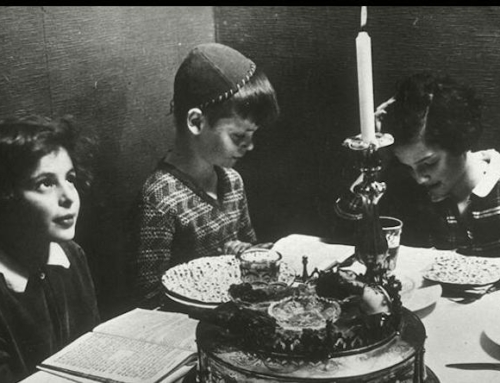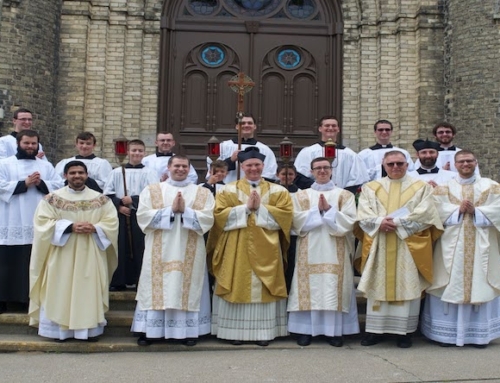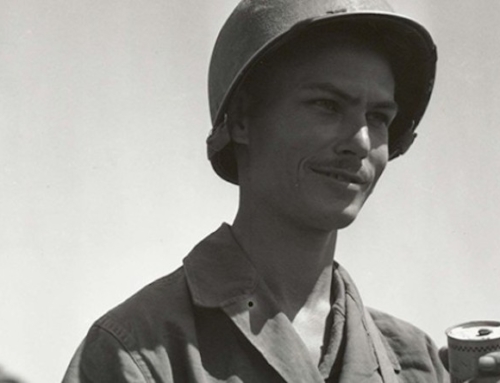The sinking of the R.M.S. Titanic is regarded as one of the most tragic shipwrecks in history. Regarded as the engineering marvel of its time, the Titanic’s makers boasted that “God himself could not sink this ship.” Yet on the night of April 14, 1912, the ship was brought down by a solitary iceberg. Since then, the disaster has been remembered for the many stories that have made the shipwreck legendary: the band playing in order to calm the passengers, the distress calls that received no response from a nearby ship, and the insufficient number of lifeboats for all passengers, to name a few things.
One lesser known story about the Titanic disaster is that of Father Thomas Byles, known as “The Priest of the Titanic.” Father Byles was a Catholic priest from England who was traveling aboard the Titanic in order to attend his brother’s wedding in New York. A second-class passenger, he celebrated Mass for those in second and third class on the morning of April 14, that fateful Sunday when the Titanic was on a collision course with disaster. For many passengers, including immigrants traveling in steerage, the availability of a priest to offer the Eucharist would have been a source of great solace and comfort as they were awaiting an uncertain future in America. When the Titanic hit an iceberg that night and began to sink, Father Byles stayed aboard the ship and tended to those who were about to perish in the icy cold North Atlantic. Survivors reported that he was hearing the confessions of passengers and offering them God’s mercy as they prepared to die. He led prayers on deck, including the Rosary, ministering until the ship’s final moments. Father Byles would be among the more than 1,500 people who died that night as the Titanic slipped to the bottom of the ocean.
The story of Father Byles offers us many important spiritual lessons. Obviously, we see an example of heroism. Rather than seek his own survival, Father Byles refused an offer to board a lifeboat, staying on the ship in order to assist others. Additionally, it is a story about fidelity. Father Byles remained faithful to his priestly vocation, following Christ as a shepherd who “lays down his life for the sheep” (John 10:11). By providing the Eucharist for those who were embarking on an uncertain journey, Father Byles offered them the greatest source of consolation—Christ himself. For those who were facing the certainty of death, he brought them Christ’s forgiveness and mercy in the sacrament of penance, which gives relief and healing to the soul.
These examples of heroism and fidelity point to the hope that we have in Christ, which we celebrate in a special way during this Easter season. Christ, who died on the cross and rose again, offers us the gift of eternal salvation. We hope in this promise, for we are made to be with God forever in heaven and to behold him face to face. No doubt, our lives will have many trials and uncertainties, with unforeseen events arising in the future. Moreover, we all must come to terms with our own mortality. Yet in these moments, we hear the voice of Christ speaking to us as he spoke to the apostles on the evening of the first Easter: “Peace be with you” (John 20:19). Christ shows us that death is not the end of the story, for “death is swallowed up in victory” (1 Cor 15:54). His Resurrection offers us the promise of new life even in the face of suffering and death. By hoping in Christ and following his Word, we anchor our lives in him who is our steadfast rock, strong and steady.
Father Thomas Byles is remembered for his heroism in the midst of disaster. Faithful to the end, he brought hope to those who were facing an imminent death. This hope is founded in the Risen Christ. In him we can face any struggle, even death itself. He asks that we trust in him and in the promise of new life that he gives. For as St. Paul says, “we have our hope set on the living God” (1 Tim 4:10).
✠
Image, by Lawrence Lew, O.P., Anchored in Christ (used with permission)

